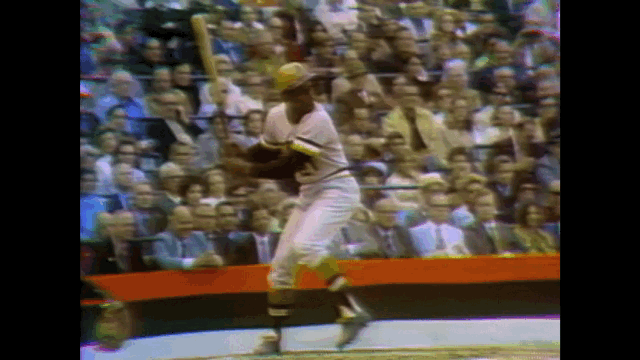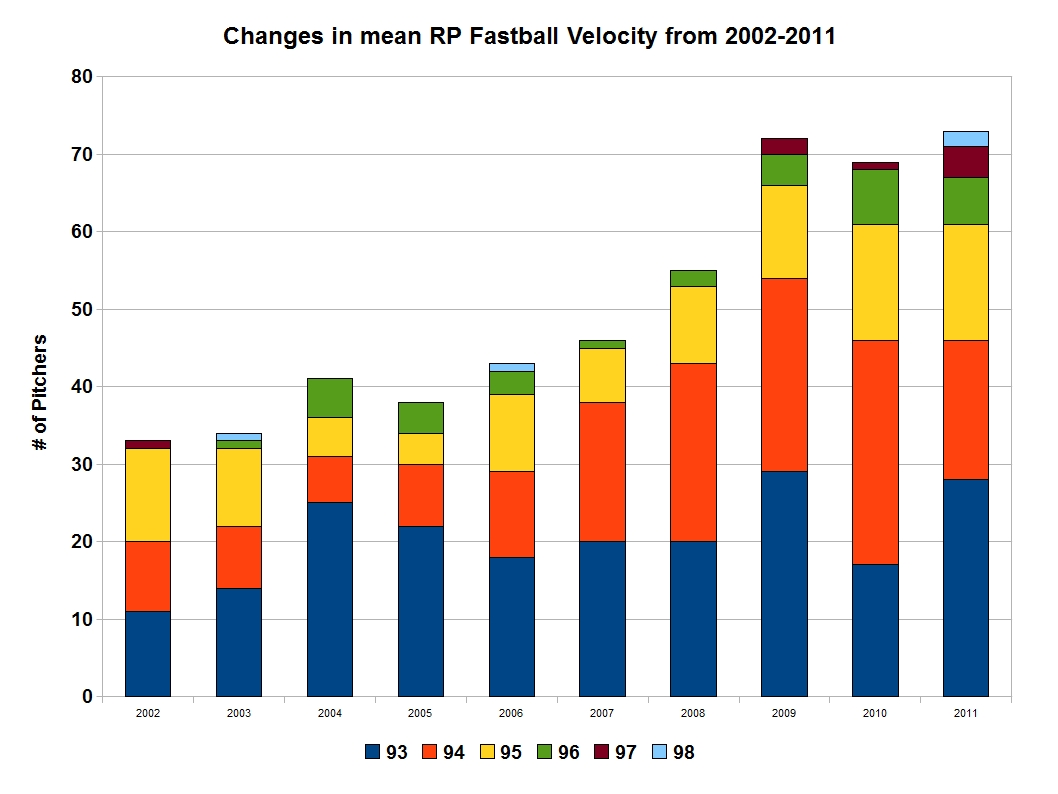Greenmonsters
Wannabe Duck Boat Owner
IMO the greatest difference in the swing patterns between the greats of today and yesteryear is due to the weight of the bats being swung.
Greenmonster throws and lands the HAY-MAKER. Oversized athletes with wiffleball bats. And some genius's here and elsewhere compare the kids to bonds and pujols, looking for them to just sit and spin.... Never learning to use their bodies correctly - first!IMO the greatest difference in the swing patterns between the greats of today and yesteryear is due to the weight of the bats being swung.

So, Mickey Mantle would not be successful today? Babe Ruth, Hank Aaron, Stan the Man, ... would all be unable to play?
Never said that. I don't know the answer to this but, what was the average fastball speed in the 60's compared to today. In the seventies what percent of MLB pitchers threw 90 or above?
The Mick and Hank appear to use their bodies different than todays bigger and stronger players. I'm sure if players today could use the same type of movements they would. I think speed of the game has changed mechanics from the 60's to today. I would love to see a Miggy versus Bob Gibson and Chapman versus Babe matchup. I wish everyone could enjoy the success that your daughter has had. It's a lot of hard work. You have been field tested. We may not agree on things but I always listen. You never know when some holy grail will show up.
There are actually studies on this that have reached varying conclusions. The general trend, however, appears to be that the average fastball velocity has increased over time.
However, since the advent of strength training in baseball, I think it's consistently been around 90 mph.
In 2008, the average major-league fastball registered 90.9 mph. Last season (sic 2013), the average fastball reached 92.0 mph.
The average MLB fastball was 89.9 mph in 2002, 90.2 mph in 2007, and 91.2 mph in 2009.
Hey P, you're getting smarter in your old age...The actions would have to be slightly different. Hitters can't stride as far, but the pattern of the best hitters has been constant over time. I would actually contend that there were more hitters in the pattern from 1920-1970 than there are today because of the weight of the bats. You had to use your whole body in to hit with authority. Things like pushing the hands at the ball or pulling the bat around with your shoulders and arms wouldn't yield the same result as they do now.
Hey P, you're getting smarter in your old age...
I'm looking for some more credible links with year by year data but I did come up with these 2 from various articles on MLB velocities.
Based on an article from 1917, it took about 0.351 seconds for the ball to go from the pitcher to the catcher. The issue with that data is that it means that the fastball went 156 mph, which isn't possible. The human body can't throw harder than 110.

